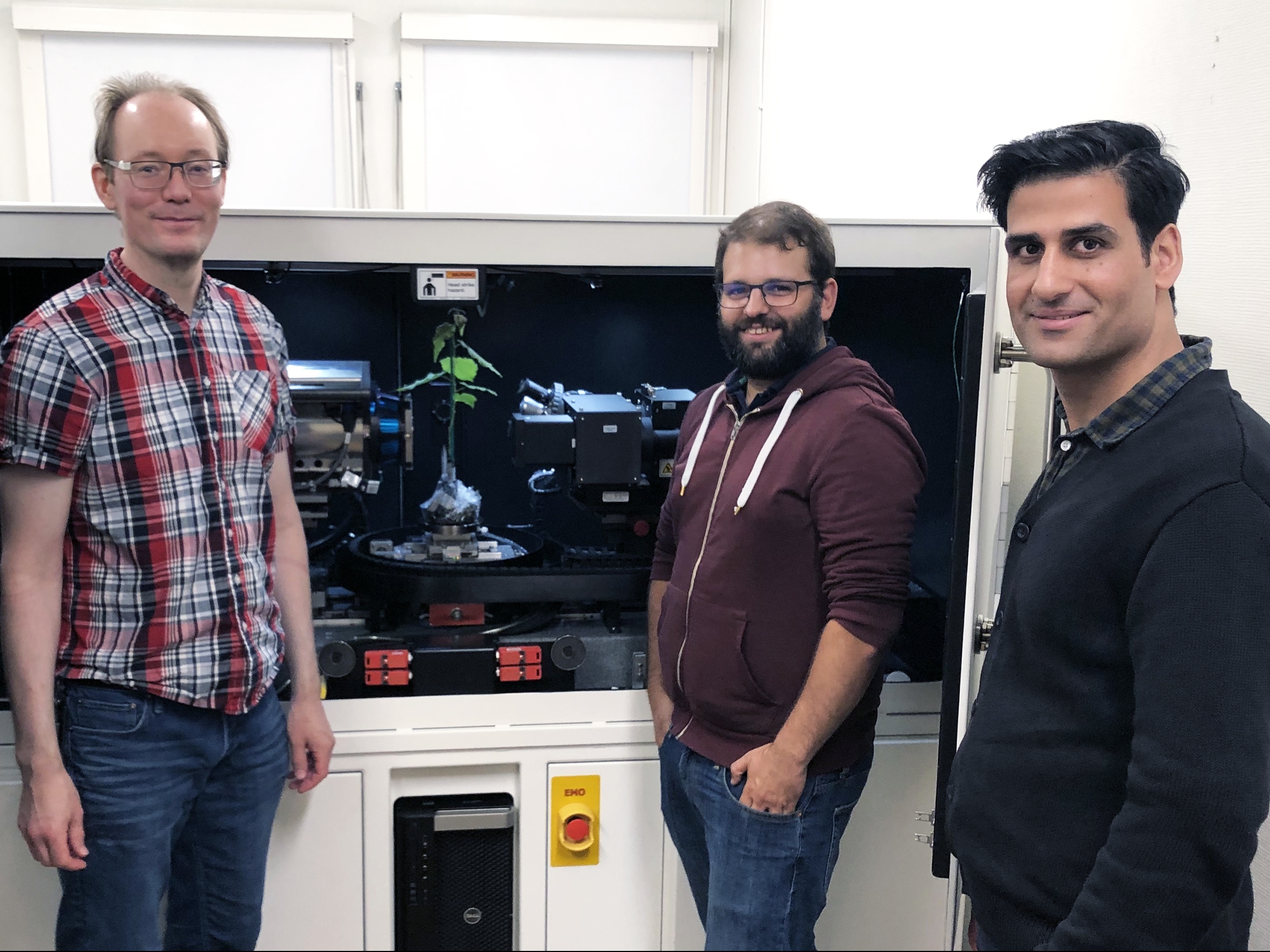Wood x-ray morphodynamics: Revealing the dynamics of cell rearrangement and the contribution of cell adhesion during wood formation through timelapse x-ray imaging in live aspen
Project leader: Stéphane Verger, stephane.verger@slu.se
Other participants: Fredrik Forsberg
Platforms: ForFeed, ThermoChem
Organisations: SLU, LTU
Status: Completed
Reference: B4E3-TM-1-08
Call: B4E3-TM-1, 2021
This project aimed at increasing our understanding of wood formation. This is still a major limiting step in our goal to ultimately improve wood feedstock properties. How wood develops, how fast it grows, how cells arrange, elongate, adhere, are major traits of interest which are defined during wood formation. Because wood formation takes place very deep within the plant tissue, it remains a frontier which has not been attained. Here we proposed to harness the deep imaging and high resolution power of 3D X-ray micro-tomography to solve this problem.
The main technical goal of the project was to achieve live imaging of poplar wood formation at the cellular resolution. For now we have achieved imaging of live stems at the tissue level and were able to observe cellular structure in the more mature parts as well as the developing part of the wood but not yet at cellular resolution for all parts. As previously anticipated, imaging of the developing zone of the wood is challenging (due to thin cell wall and dense cytoplasm content), without the use of contrasting agent or drying of the sample. However, we have now made major progresses through several tests of sample preparation and imaging conditions going form images with almost no distinguishable internal structure of the tissue to fully visible tissue structures, although not resolved to the cellular level yet. We have also tested imaging with prior fixation of the samples before staining which did not appear to improve the quality of the image so far. Nevertheless, imaging results on live and stained samples are already very encouraging.
We already knew the difficulties ahead in this ambitious project, and while we have not completed some of the main objectives originally described in the project mainly for technical reason (availability of the x-ray microscope), this project has already provided us particularly useful preliminary data that have opened new perspectives to continue this project in future. The development of this approach will in the future provide us with knowledge of wood formation that will contribute to increased wood productivity, strength and other properties thus improving the quality of the raw material for the biorefineries.
Keywords: wood, poplar, morphogenesis, X-ray microtomography, image analysis.







